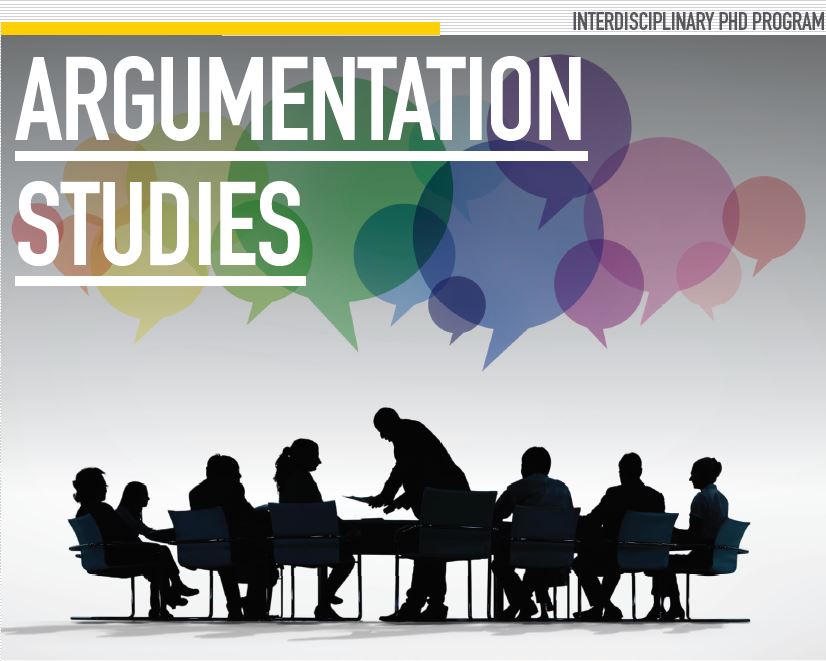Location
Brock University
Document Type
Paper
Start Date
15-5-1997 9:00 AM
End Date
17-5-1997 5:00 PM
Abstract
The purpose is to discuss some of the results and problems presented by the study of the topics between Aristotle's work and the treatment of them by Perelman and his followers. For instance, the method whereby classical and modern rhetorical theorists connect figurative language with techniques of persuasion, consists in proposing that there exists a restricted number of "universal" argumentative strategies. Until the Renaissance, text producers and receivers shared a common knowledge of such argumentative procedures. In the twentieth century, Perelman and others have re-conceived the topics making up the "New Rhetoric's" argumentative function, as comparison of the two systems reveals.
Creative Commons License

This work is licensed under a Creative Commons Attribution 4.0 International License.
Response to Submission
Hanns Hohmann, Commentary on Halsall
Reader's Reactions
Hanns Hohmann, Commentary on Halsall (May 1997)
Included in
The Topics in Classical and Modern Theories of Interpretation
Brock University
The purpose is to discuss some of the results and problems presented by the study of the topics between Aristotle's work and the treatment of them by Perelman and his followers. For instance, the method whereby classical and modern rhetorical theorists connect figurative language with techniques of persuasion, consists in proposing that there exists a restricted number of "universal" argumentative strategies. Until the Renaissance, text producers and receivers shared a common knowledge of such argumentative procedures. In the twentieth century, Perelman and others have re-conceived the topics making up the "New Rhetoric's" argumentative function, as comparison of the two systems reveals.

